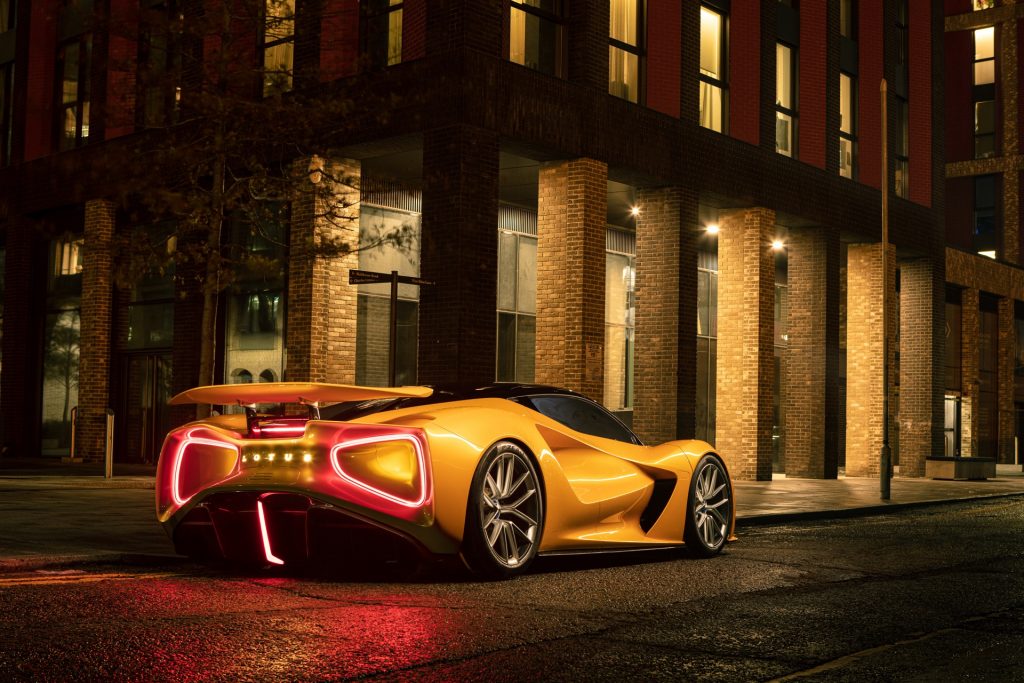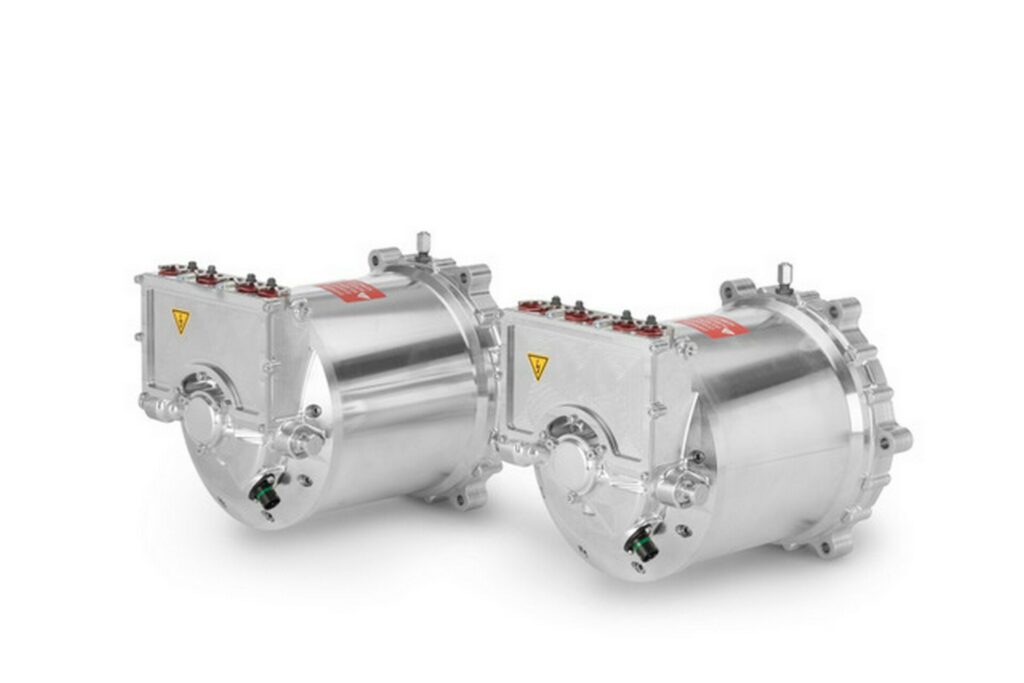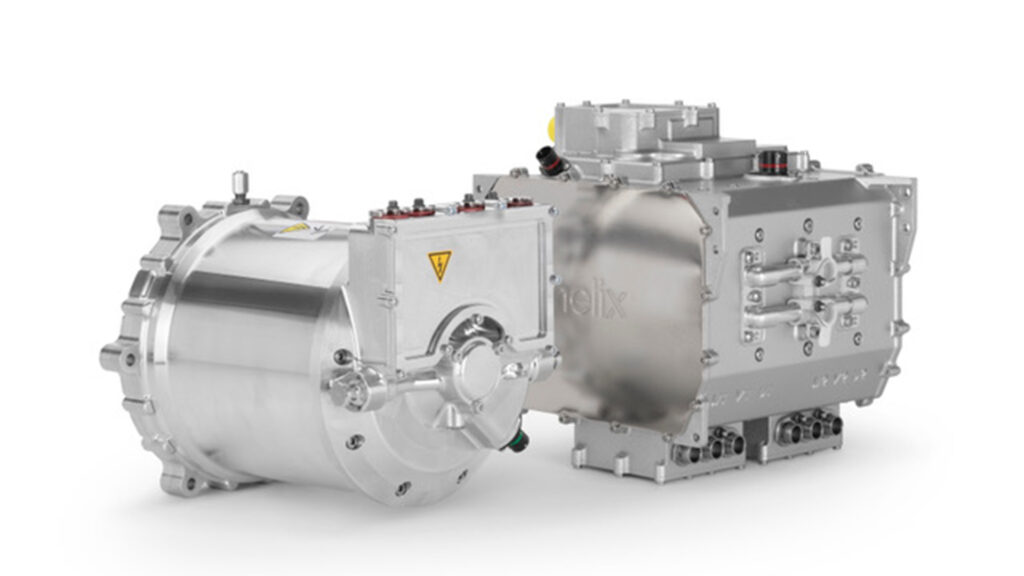British electric motor manufacturer Helix has just unveiled an innovative new motor that’s set to power a forthcoming electric hypercar project.
The motor in question has been developed by Helix’s X-Division which focuses on its most extreme projects. It has developed a motor known as SPX177 that weighs a mere 61.7 lbs (28 kg) and is able to deliver 650 kW (872 hp), making it the most powerful motor ever produced by the company. Helix is coy on details about the car it will power but says it was developed for an “unidentified hypercar manufacturer.”
Development of the motor was led by Derek Jordanou-Bailey who previously worked on Formula 1 power units at Mercedes-AMG High Performance Powertrains.

“It’s small and weighs just 41kg (90 lbs), including the 13kg (28.6 lbs) inverter,” Jordanou-Bailey said of the SPX177. “It is a 2x 3-phase motor, so its current is shared across two inverters, a necessary approach to meet the phase current demands at ‘normal’ DC voltages at this extremely high power level. Both the motor and inverter have extremely high power density. Six high-voltage cables connect the inverter to the motor, while an LV connector carries the various control signals.”
Read: Wing-Tastic Lotus Evija X Nurburgring Record Attempt Thwarted By Mysterious Breakdown
Helix was initially contacted by the unnamed hypercar builder with a peak power figure in mind and demanded a very high steady-state output. To meet the company’s requests, Helix needed to design an architecture that minimizes losses and heat. Testing of the motor has already shown that it can produce over 700 kW (939 hp) of peak power and it hasn’t yet been pushed to its limits, meaning it could pack an even stronger punch.
The British firm notes that compared to the powertrain of the McLaren Artura, its electric motor weighs less than 1/7th of its combustion motor while producing more power. Admittedly, the battery pack of the hypercar it will power is set to weigh much more than the Artura’s fuel tank but it remains very impressive how much power can be extracted from a small and light electric motor like this one.




